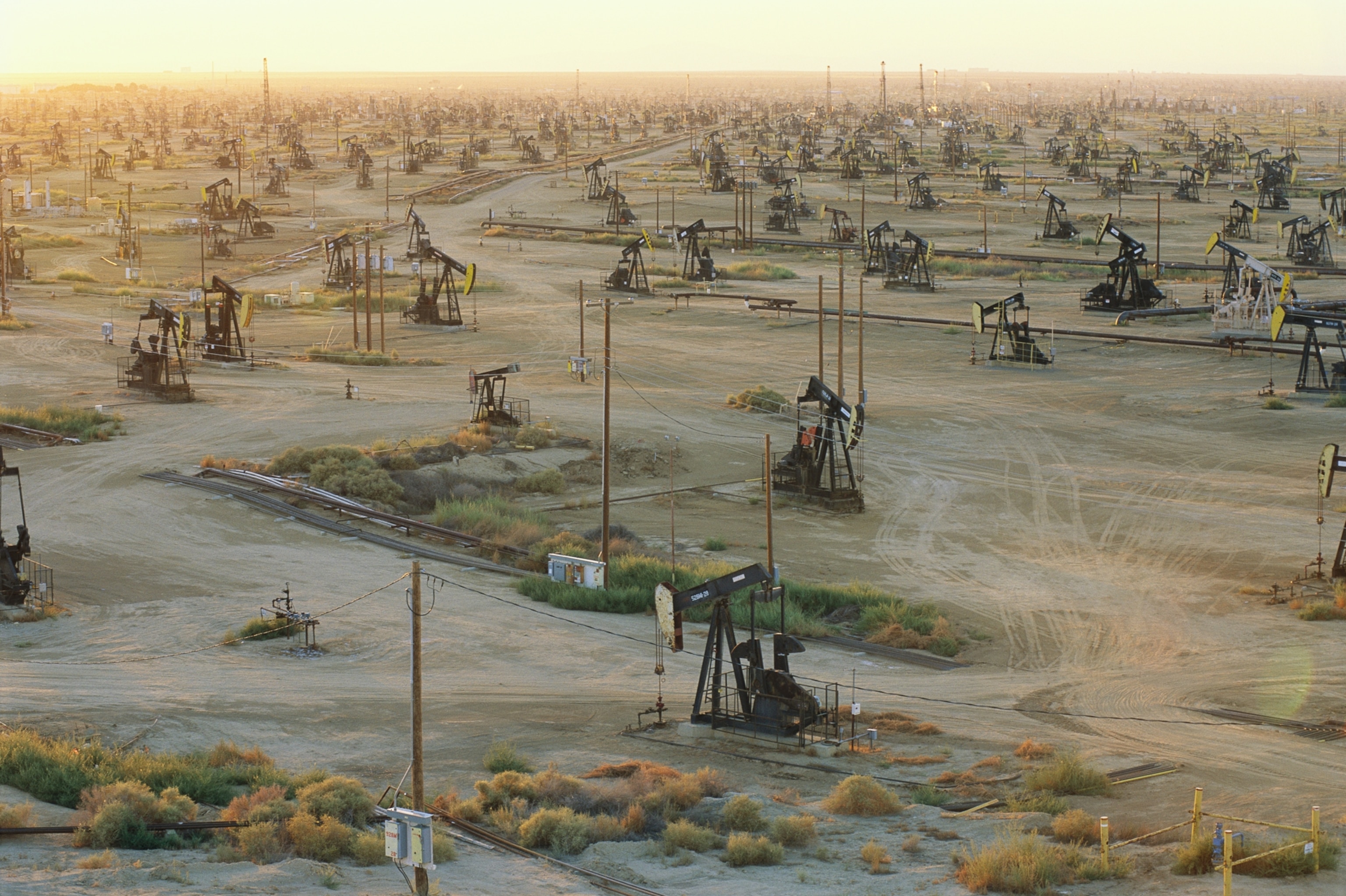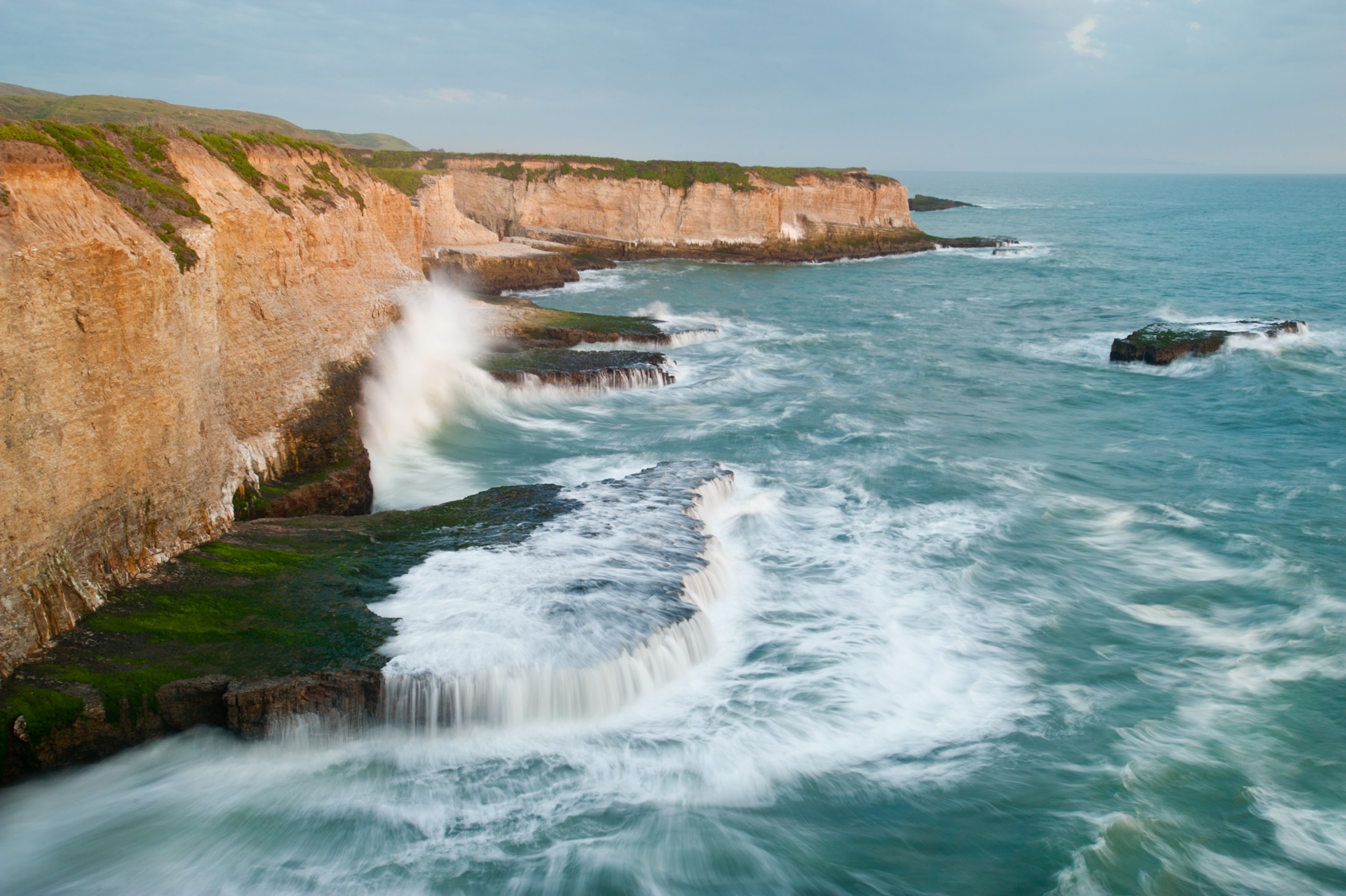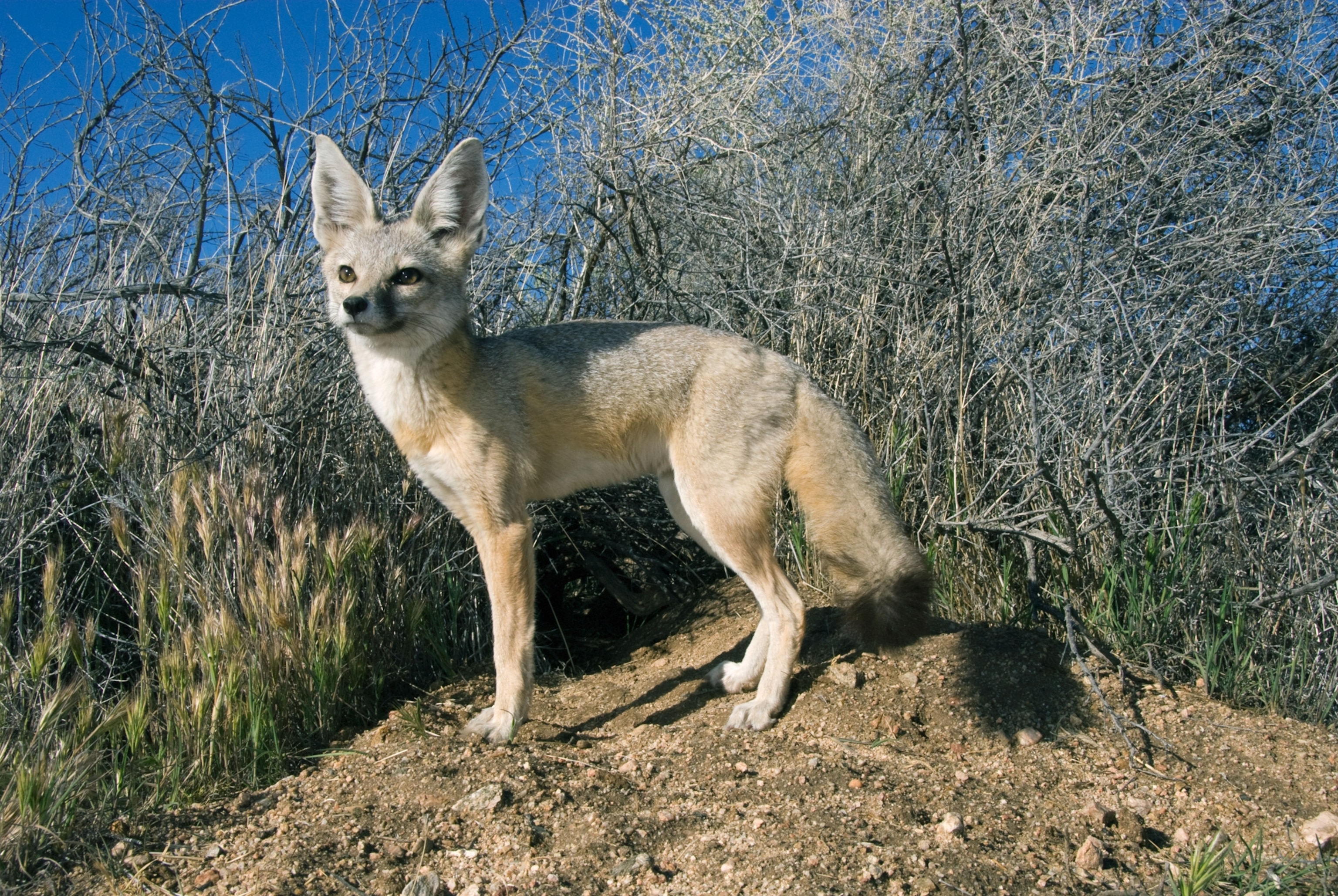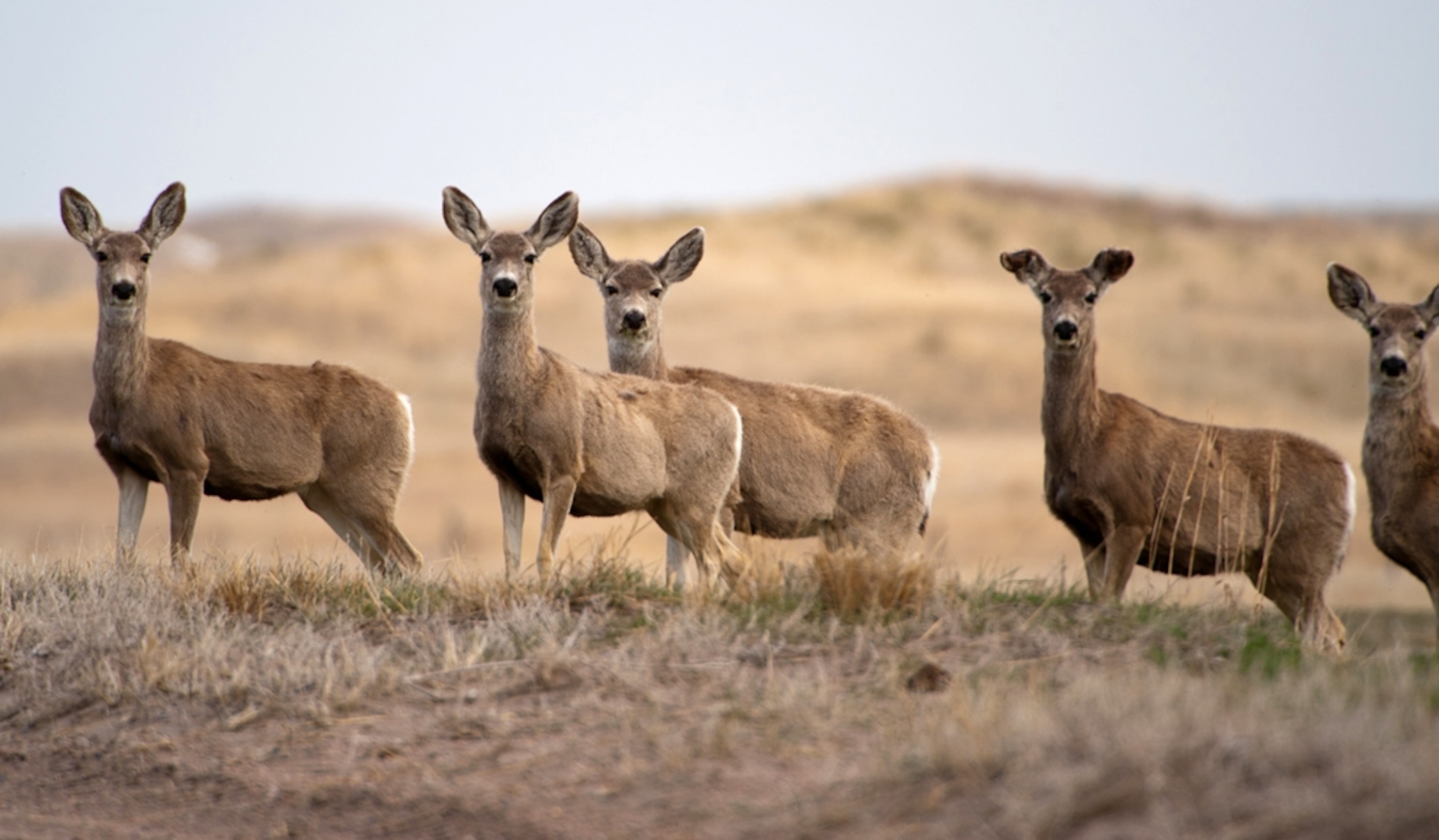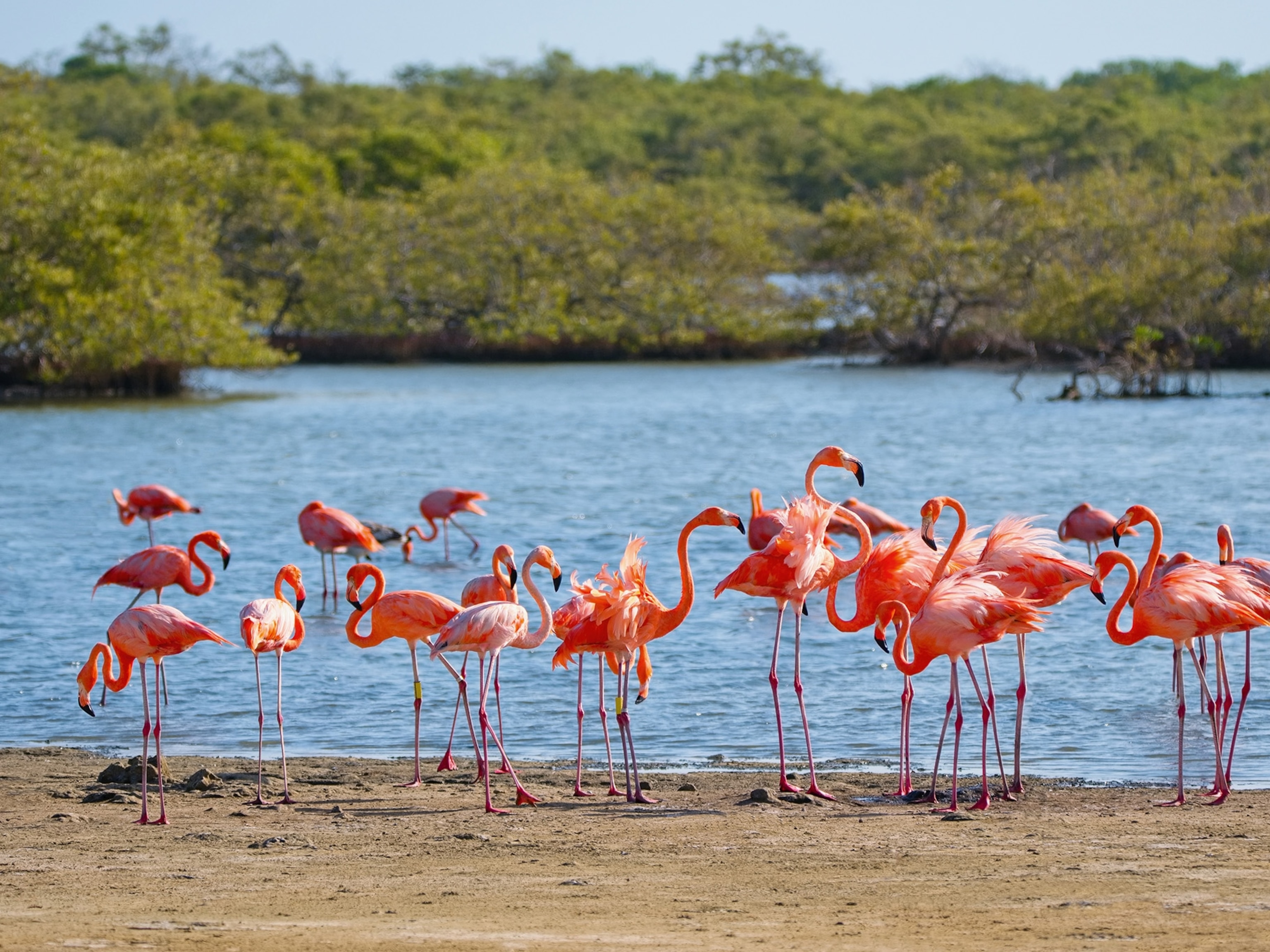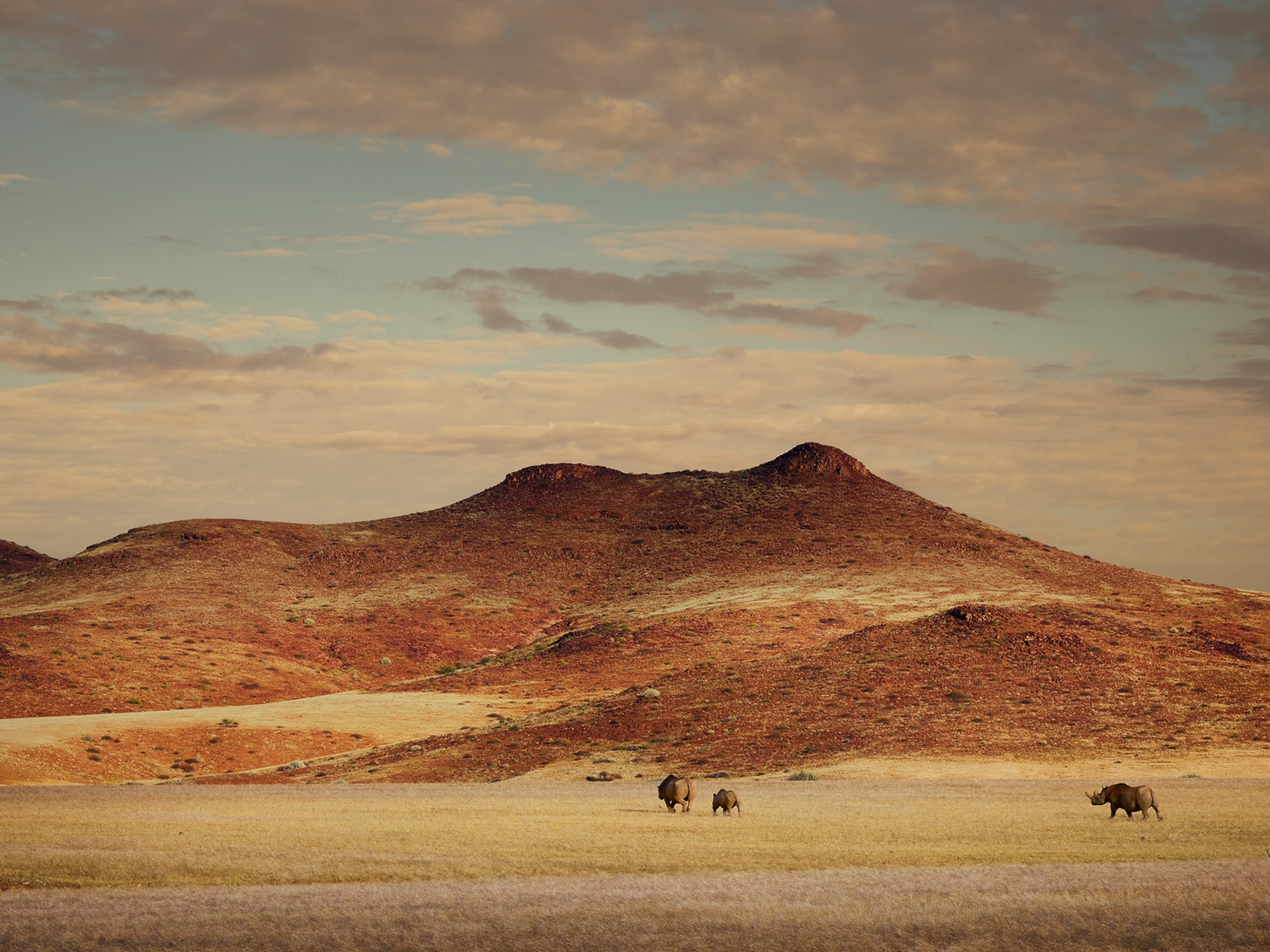Derricks bow and rise at South Belridge field west of Bakersfield, California, pumping oil just as they have for more than a century. (See accompanying article: "Monterey Shale Shakes Up California's Energy Future.")
South Belridge, one of the state's largest oil fields, has produced more than 1 billion barrels since 1911. Like much of the oil produced here over the past 150 years, the petroleum has sprung from a jumble of rocks known as the Monterey shale formation.
Until now, California has generally produced that oil conventionally, from the traps and folds in the Earth where it has seeped over millennia. But the industry believes that advanced technologies including the hydraulic fracturing and horizontal drilling techniques that have supercharged oil and gas production in Texas, North Dakota, and Pennsylvania could be key to unlocking oil that remains tightly bound underground in the Monterey formation. (See interactive, "Breaking Fuel From Rock.")
The U.S. Energy Information Administration says the Monterey could hold as much as 15.4 billion barrels of recoverable oil, or about two-thirds of all recoverable shale oil resources in the United States.
To some, the costs of such a bonanza appear too high. "California has taken a leadership role in attempting to address climate change, which is the greatest threat to people and wildlife facing this planet," says Brendan Cummings, attorney for the Center for Biological Diversity, a nonprofit group that is suing to slow the U.S. government's efforts to lease public land for oil and gas exploration in the Monterey shale region. "If we have an oil boom in the state, it will completely undermine those efforts." (See related story: "U.S. to Overtake Saudi Arabia, Russia as World's Top Energy Producer.")
But California has long been an oil state, now ranking fourth in the United States in crude production. And even state leaders who have backed a clean energy future are mindful that an oil-fueled economic boom could add millions of jobs over the next decade or two. "We want to get the greenhouse gas emissions down, but we also want to keep our economy going," California Governor Jerry Brown said during a press conference last month. "That's the balance that's required." (See related story: "California Tackles Climate Change, But Will Others Follow?")
—Josie Garthwaite
This story is part of a special series that explores energy issues. For more, visit The Great Energy Challenge.
